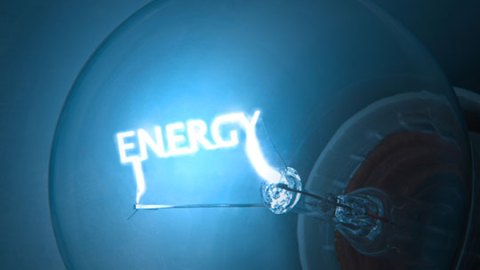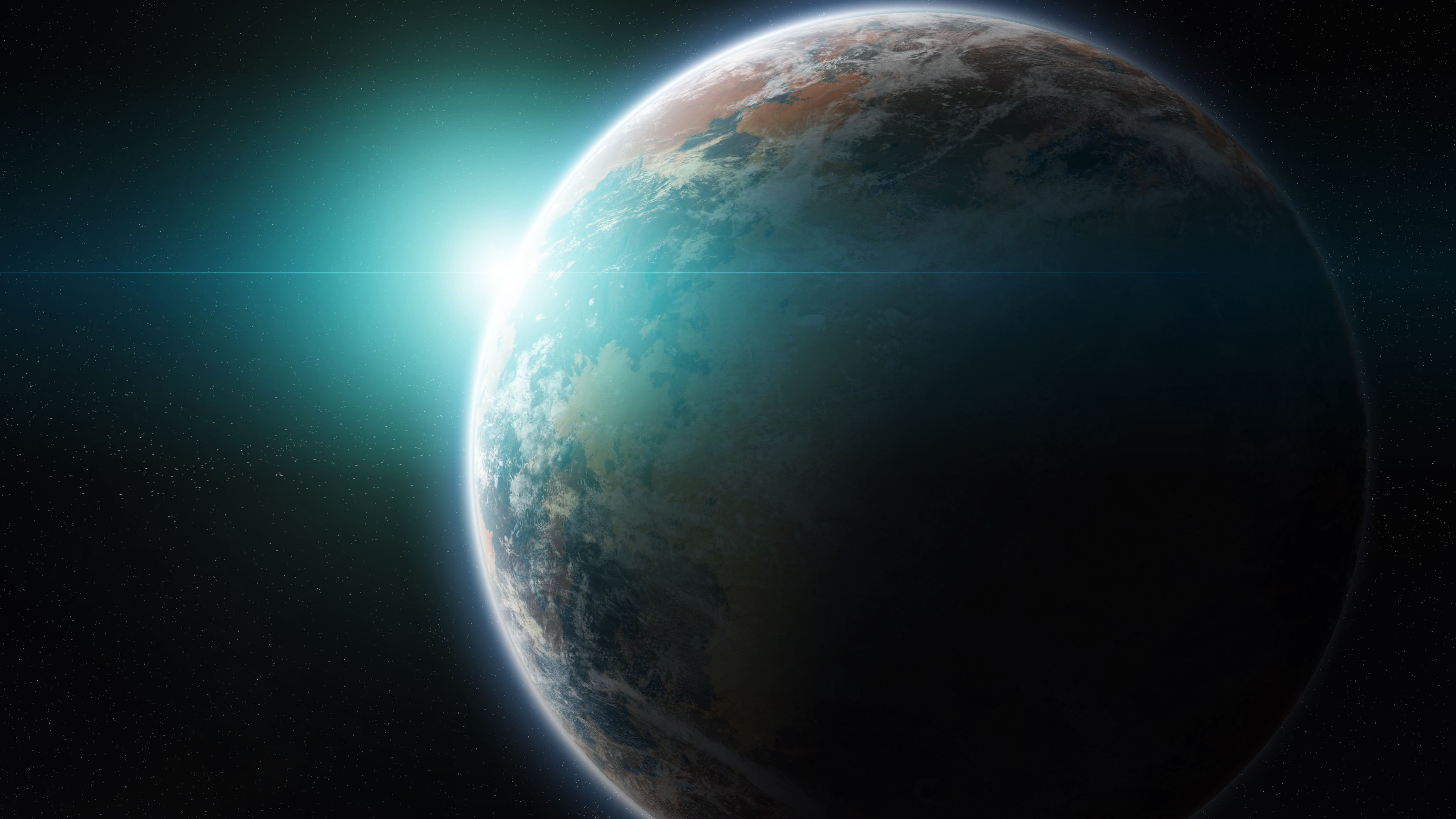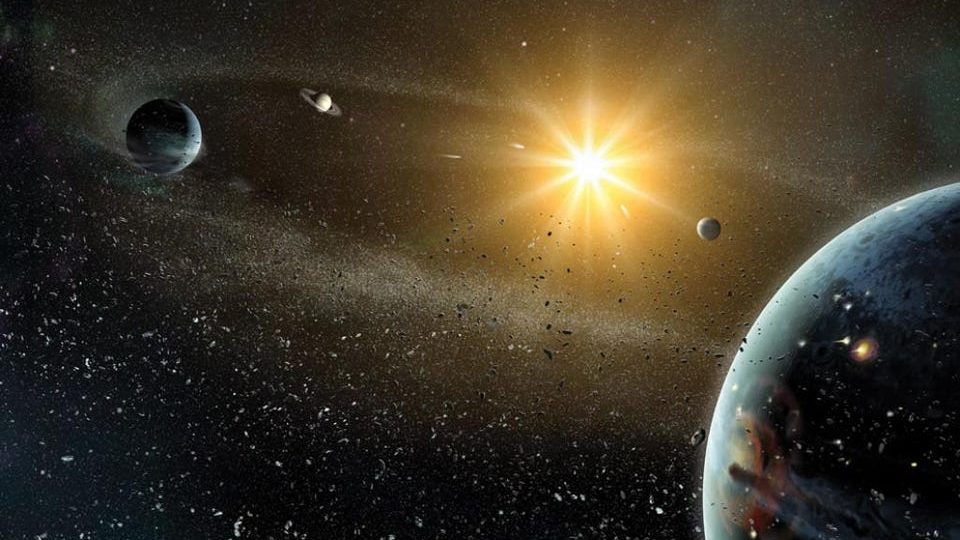One Technology That Is Already Changing the Future Of Energy

Accelerating technological change will define how efficiently we use energy, not how much.
The accelerating change of technology we use commercially and personally is dramatically increasing the global demand for electric power. As consumers, we’re gulping power at an alarming rate, from air conditioning systems, heating systems, household appliances, and all forms of home entertainment devices to cloud computing, computers, and consumer electronics. Over the past few years, we’re also plugging in electric vehicles at an ever increasing rate. And let’s not forget the industrial power needed to churn out all these products, as well as keep the other wheels of industry turning. In fact, global electricity demand has been projected to nearly double from the year 2010 to 2030.
It’s clear we’re already close to consuming more electricity than we can generate or distribute, as manifest through the rolling black and brown outs frequently seen during summer months where peak power demand is highest. The problem is we’re adding more demand for electricity (from everything mentioned above and more) than we’re adding capacity to supply it. With that said, we still need to stay cool and to turn on lights to see at night … and we’re certainly not going to turn off our home theater and gaming systems.
So what’s the answer? Expand power generation to meet growing demand? Not so fast. Investment in electric power generation and distribution is a slow, long-term proposition, and therefore has trailed well below the increase in GDP in most developed countries. In other words, no one has the appetite (or the capital) to build enough power plants and expand the grid to meet the rising demand for electricity.
A quick point of fact: Power generation—and the grid to distribute it—has to be scaled to meet peak demand. On average, power grids operate at around 80 percent capacity, so they’re ready to cover peak demand when those hot summer days roll around. If demand rises above that peak capacity, we experience those black and brown outs.
Additionally, 75 percent of the electricity generating capacity in the United States depends on the combustion of fossil fuels. This raises a multitude of other concerns, perhaps foremost that dependence on fossil fuels for electricity is causing severe environmental and health hazards, including large emissions of toxic air pollutants and greenhouse gases.
Over the past few years, thanks to technology developments such as fracking, which were impossible just a decade ago, we can now extract natural gas in very large quantities, and that has put the United States in a position of being an exporter of energy. The good news is that natural gas is far less polluting than other fossil fuels, such as coal, and the U.S. has very large reserves. On the other hand, the United States does not have an infrastructure for capitalizing on natural gas powered vehicles, and natural gas is a fossil fuel and does have harmful emissions, even if less than the others.
When we look at renewable energy sources such as wind, solar, and waves, great strides have been taken, but until we find a way to store electricity for use at a later time, these will help but not be game changing. The good news here is that there is a technology that is already changing the game.
What if we could increase energy production without adding new capacity? What if we could use the power we already generate more efficiently, rather than have to dramatically expand power generation? Enter the work that is being done to enable smart grids, smart homes, and smart cities to help us accomplish this. But will peak power demand modeling and technology that turns lights off in empty rooms be enough? Probably not for some time. That’s where promising energy storage technology comes in as a key change accelerator to help us use the electrical power we have now more efficiently.
One of the companies leading the way is Maxwell Technologies in San Diego, California. They have developed and are manufacturing one of the most promising clean-energy power storage technologies available: ultracapacitors, which use an electro-static field to quickly capture energy and then rapidly release it when needed. Conventional batteries and advanced lithium-ion batteries that rely on a chemical reaction cannot efficiently do this because they charge slowly and discharge slowly. When batteries are asked to charge and discharge quickly—which is the case in many applications today—they begin to fail and ultimately need to be replaced.
Ultracapacitors are being incorporated (where batteries cannot) into renewable energy power generation from solar, wind, and waves to improve efficiency and reliability. Because there are many disruptions in renewable energy output from clouds, wind fluctuations, and tides that last from a few seconds to a few minutes, output can swing as much as 50 percent at any time. This variability in power supply presents issues with power grid stability, causing the grid to disconnect from the renewable energy source.
The unique quick charge/discharge ability of ultracapacitors allows renewable energy installations to quickly store power and then deliver it back to the power grid “firming” output capacity and “ride through” during short-term disruptions. This increases renewable energy utilization by 30 – 50 percent so the power grid doesn’t need to be built to such a large scale (at an incremental cost) as demand for electrical power grows. Additionally, we could further increase our use of clean energy and decrease reliance on fossil fuels for power generation.
From a very broad perspective, this is a major example of how ultracapacitors can help us use the energy we already generate more efficiently. But what about places off the grid where we waste energy every day? How about planes, trains, automobiles, trucks, and busses?
Regenerative braking systems in electric and hybrid vehicles are being used to generate and quickly store electrical energy when brakes are applied, then rapidly release it for acceleration. Conventional friction-based braking systems simply lose all this kinetic energy to heat. Ultracapacitors are being used to quickly capture and release this energy to improve fuel economy and extend battery life. Regenerative breaking systems provide an average of 7 percent fuel efficiently and would save 12 million gallons of fuel in the U.S. each year.
Conventional internal-combustion vehicles are incorporating start-stop systems that kill the engine at stoplights and stop signs, and then restart it when the accelerator is applied. Ultracapacitors are being designed into these vehicles to stabilize starter systems, electrical systems, power steering, and onboard electronics. These start-stop systems improve fuel efficiency by up to 15 percent. In the U.S. alone we could save 25.5 million gallons of fuel annually if every conventional vehicle had this type of system. Image how much energy we could save and utilize if every vehicle on the planet had a start-stop system.
Finally, let’s think at the micro-level. Small ultracapacitors can be combined with batteries in laptops, tablets, smart phones, and electronic toys to use electric power more efficiently. Unlike ultracapacitors, batteries begin to degrade when they are tasked to quickly charge and discharge, but they are great sources of long-term power. Because ultracapacitors can quickly be charged and discharged up to a million times without loss of performance, they are ideal for providing the bursts of power required by today’s electronic devices, helping them perform better and batteries last longer.
There are a multitude of other applications where ultracapacitors can—and are starting to—help us use the power we’re already generating more efficiently, instead of simply generating more power. Clean-energy ultracapacitors are a change accelerating technology that will enable energy’s future and not inhibit the dizzying rate of technological, commercial, and social change we’ve come to expect and rely on.
Meanwhile, a question: Are there obvious or obscure places you can imagine where innovative power storage technology could help us use the electrical power we have now more efficiently?
###
DANIEL BURRUS is considered one of the world’s leading technology forecasters and innovation experts, and is the founder and CEO of Burrus Research, a research and consulting firm that monitors global advancements in technology driven trends to help clients understand how technological, social and business forces are converging to create enormous untapped opportunities. He is the author of six books including The New York Times best seller Flash Foresight.





